Learn to make vinaigrette at home by using a simple formula. The flavor beats out store-bought dressings every time.
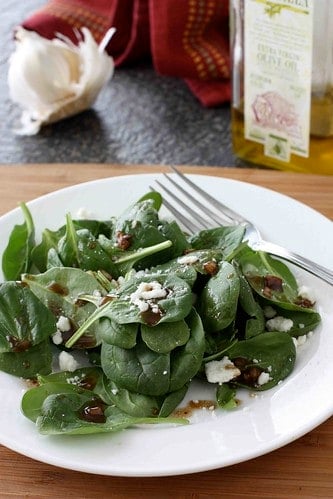
I admit that, on occasion, I let Paul Newman or Brianna into my kitchen. Before I realized how easy it is to make my own vinaigrettes, their bottled selves were regular guests at our dinner table. Then I learned the three to one (oil to acid) rule and started playing with a variety of oils, vinegars, herbs, and spices. I learned that vinaigrettes can be made quickly and without all of the preservatives found in store-bought varieties. Whether you want an Asian flare with a miso dressing or a slightly sweet version to balance the saltiness of the bacon in a BLT Pasta Salad, this tutorial will walk you through the simple steps to make fresh, flavorful vinaigrettes. Scroll down to find the recipe for our favorite balsamic vinaigrette.
This step-by-step tutorial is part of my weekly how-to series.
Choose the oil:
The most common oil used in vinaigrettes is olive oil. Considering that this is the most prominent ingredient, be sure to choose a high-quality extra-virgin olive oil. In vinaigrettes that feature Asian or other strong flavors, use a neutral oil such as grapeseed, safflower, or canola. Nut and seed oils (e.g., sesame and walnut) can lend distinctive flavors. To avoid overpowering the other ingredients, these oils can be combined with a neutral-flavored oil
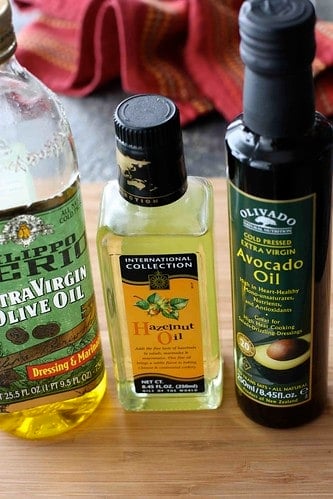
Choose the acid:
The acid is the ingredient that packs the biggest punch in any vinaigrette. There are a wide variety of vinegars available. Everything from balsamic and port vinegars to red and white wine vinegars can change the flavor profile of the dressing. However, you are not limited to vinegars. Citrus fruits, such as orange, lemon and lime, add a bright note to any summer salad.
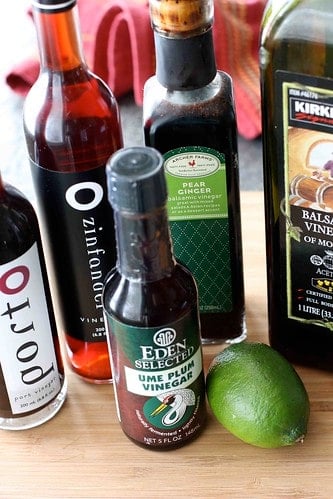
Choose a binder:
While wonderful vinaigrettes can be made by simply combining an acid, oil, and seasonings, a more stable emulsification can be achieved by adding binders. To stop the emulsification from separating, add mustard, honey, miso or an egg yolk to the vinegar mixture before whisking in the oil.
Boost the flavor:
To change the flavor profile further, season the vinaigrette with onions, shallots, garlic, herbs, pepper, or any number of dried spices (cumin, paprika, etc.)
How to make vinaigrette:
In general, if you follow the rule of three parts oil to one part acid, you will be rewarded with a well-balanced vinaigrette.
In a bowl, whisk together your choice of acid, binder (optional), herbs, and other flavors, including salt and pepper.
Whisking constantly, slowly pour in the oil until emulsification forms. If you did not use a binder, you will need to re-whisk the vinaigrette prior to serving.
Vinaigrettes can also be made in a blender or a lidded jar (shake well).
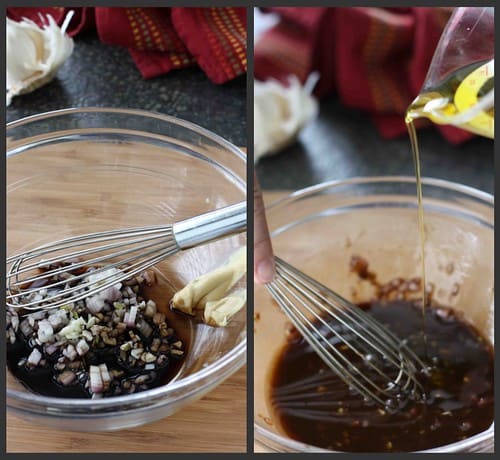
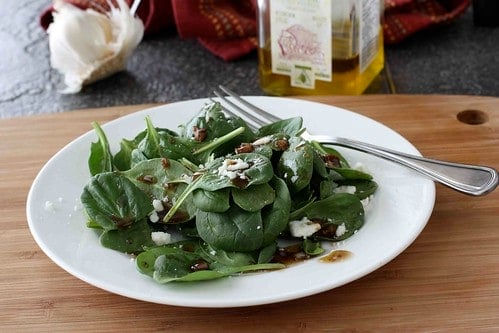
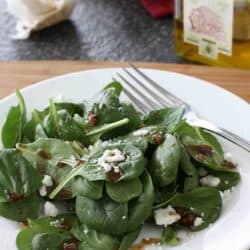
How to Make Vinaigrette
Ingredients
- 3 parts oil such as olive oil, hazelnut oil or walnut oil
- 1 part vinegar or acid such as balsamic vinegar or lemon juice
- A binder such as Dijon mustard (optional)
- Fresh or dried herbs or spices
- Salt and pepper to taste
Instructions
- In a bowl, whisk together your choice of acid, binder (optional), herbs, and other flavors, including salt and pepper.
- Whisking constantly, slowly pour in the oil until emulsification forms. If you did not use a binder, you will need to re-whisk the vinaigrette prior to serving.
- Vinaigrettes can also be made in a blender (for a larger portion) or a lidded jar (shake well).
Disclosure: I am a participant in the Amazon Services LLC Associates Program, an affiliate advertising program designed to provide a means for me to earn fees by linking to Amazon.com and affiliated sites.
![]()


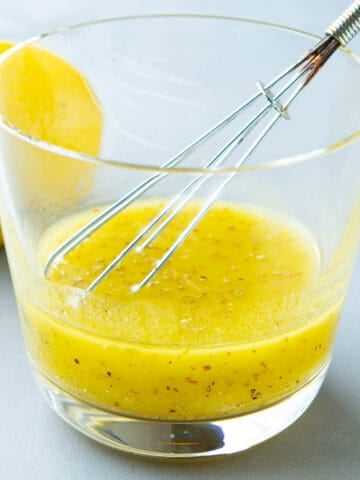
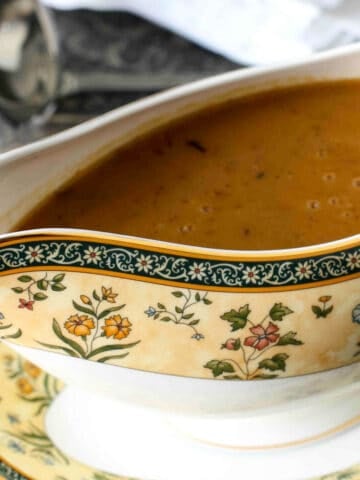
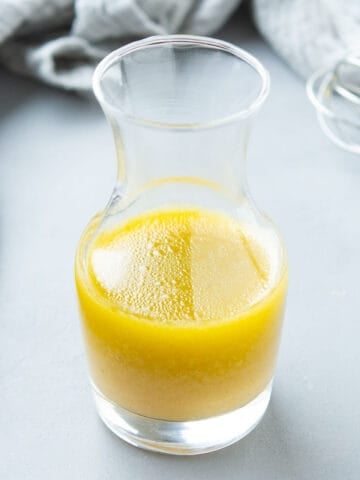
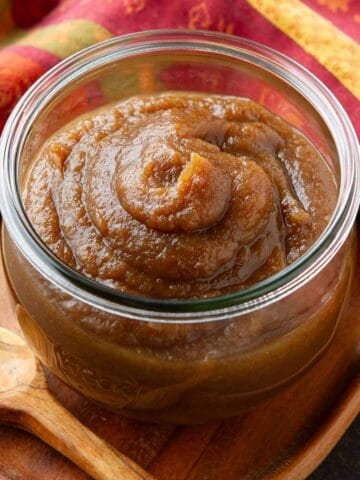
Jojo
Thanks so much for this tutorial. Have been wanting to make my own salad dressings. I wasn't exactly sure which type of oil/vinegar to use (and was a little embarrassed to ask such a basic question). I appreciate your laying it out so clearly - for my first dressing, I'll buy the same brands you listed and will experiment from there on.
Joshua @ SlimPalate
Ah! I completely forgot about switching up my acid. I always have stuck with just red wine vinegar. The Ume Plum Vinegar sounds magnificent. I think I will be leaving the store tomorrow with an unusual amount of vinegar in my basket. Thanks for the post, super helpful.